Main design question: this project starts from my own curiosity of Empathy. Through initial research, I navigate empathy gap in digital communication.
Tone
Communication in the digital age has become increasingly challenging. While the advancement in digital technology has brought the world a lot closer than before, ironically, digitally mediated communication has made it difficult to convey what is in one’s mind, and get one’s messages across in a manner that it is properly understood. In such a circumstance, could design play a role in understanding the space of practicing empathy in everyday digital communication? This project employs design thinking as a tool, to zoom into daily interpersonal communication in the digital media, and further, explore the empathy gap between two individuals in digital asynchronous communication tools. Through experimenting with the prototypes in this project, the author discovered the importance of realizing diversity among people in addressing empathy and understanding the gap in online communication. Through this project, the author introduces "Tone," a concept proposal, aimed at transforming online text-based interactions. By integrating AI text analysis tools into popular communication platforms, Tone enhances self-awareness. It provides users with different interpretations of their messages, encourages reflection, and fosters empathy. By understanding diverse perspectives, Tone promotes meaningful connections in online communication.
Project information:
Communication forms the basis of every animal's interaction with the outside world. This communication is done in various ways, ranging from auditory exchange to visual, tactile or even chemical. Among these, the use of language as a way to communicate, by human beings, is certainly the most unique way of communication. Human beings are social beings, and as such, communication for them is an essential social interaction process. However, while being a blessing, this use of language to communicate is also the hardest thing we do as human beings. In this, the birth of the digital world has given way to a new problem, viz., the possibility of ineffective communication, due to the exchange of words taking place on digital channels.
In any social interaction, empathy plays a vital role in making the interaction most effective. Empathy is the ability to understand and share the feelings of another person. It is a key part of connecting with other people. Therefore, in this digital age, the author chose “empathy” as an entry point in her design exploration. The author has examined if design could play a role in understanding or potentially supporting the space of practicing empathy in our everyday digital communication? What would be the new questions or roles towards digital technology in our daily interpersonal communication even in a microseconds?
Methods:
The project uses design as a lens to zoom into the daily interpersonal communication through digital mediated technology. The project resulted in a non-linear process but still followed human-centered design thinking, which consisted of an initial framing of the question, conducting design research, converging into a design opportunity, generating ideas, prototyping ideas, testing, executing, and communicating.
Results:
Visualizations of communication models to illustrate the importance of “emotional state” and “communication style” between individuals in online communication space.
Design concept proposal: “Tone” is a small plug-in that can be integrated into a common online work communication platform. It would provide senders a variety of different tone of voice interpretations to look at their own texts, and encourage users to practice to be more mindful of their own text inputs and understand the diversity of people in online communication.
The concept visualizations serve as communication material to urge the audience to think about the role of technology in our everyday social communications. This project aims to determine new ways of looking into the relationship between technology and human communications, and further explore if we could design AI to train us into practicing empathy?
UID23 | Ruoyun Wang – Grad Project Presentation
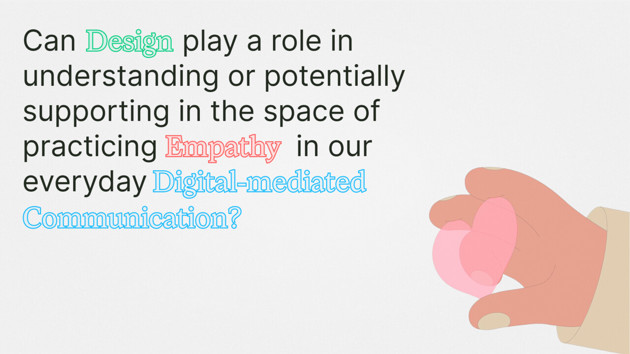
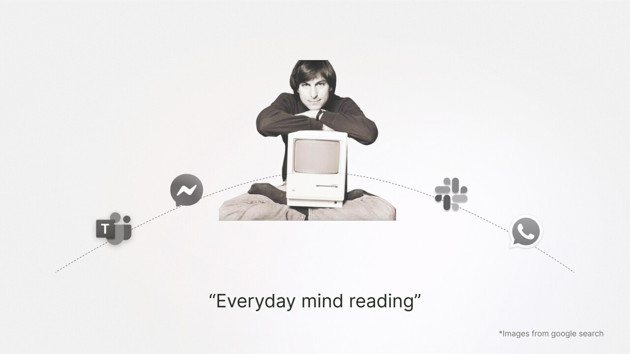
Background: As Steve Jobs described the early personal computer as a “bicycle for mind”. Today we are experiencing this “everyday mind reading” when talking with another person through digital channels.
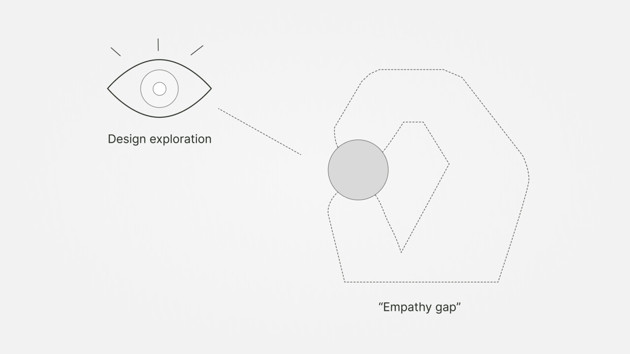
Method: Throughout the project, I use design as a tool to zoom into the online communication space to understand better of the empathy gap.
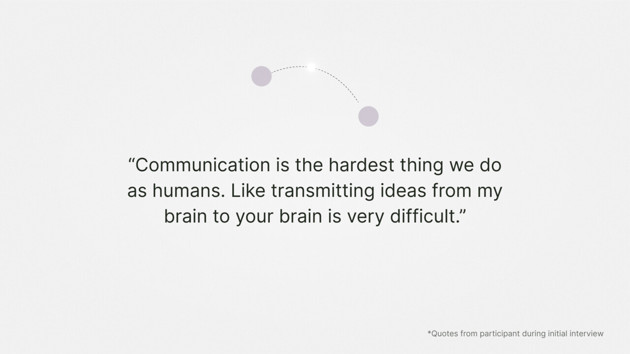
Quotes from initial interview from one participant.
Insight: A communication model. We all have different personalities, ways of communicating and this can affect a lot how we are engaging in online communication space.
Insight: Our emotions can change in the blink of an eye which could cause a gap in this asynchronous channel.
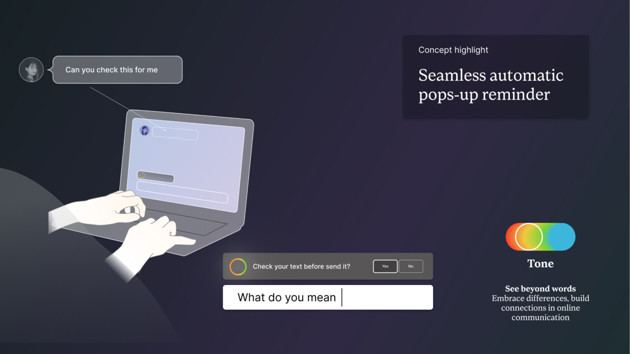
Concept proposal “Tone”: it brings together powerful AI technology and the communication platforms we use every day.

Utilising text effects that can provoke diverse interpretations of your texts in an engaging manner, giving people different perspectives to see things differently.

Broadening your awareness to the fact that the message can be understood in various ways.

Let tone know specific situation in your conversations with your partner.

A mindfulness reminder that pops up when it senses stress in your texts or how you're typing. Prompts deep breath and reflection before sending rushed messages.

Design process: engaging with people during my concept development.
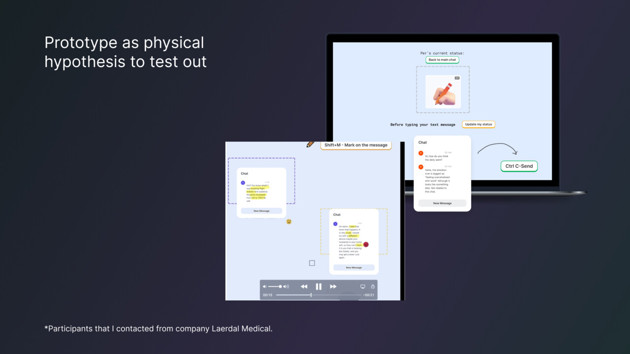
Design process: can empathy be mediated in online communication channels? I tried out prototyping as a physical hypothesis in my explorations.
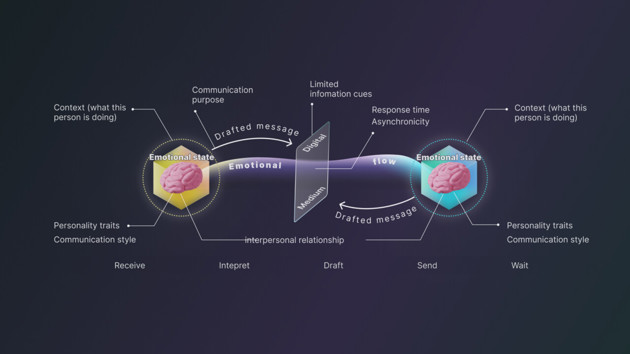
Insight: A better understanding of the online communication space.


















